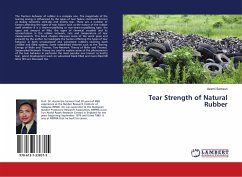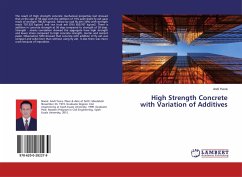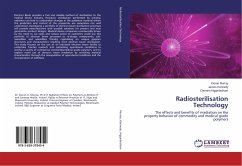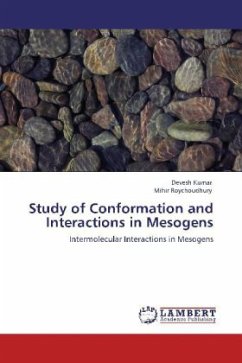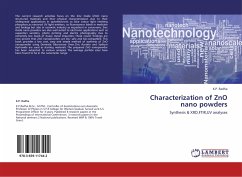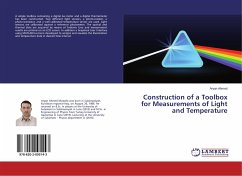The fracture behavior of rubber is a complex one. The magnitude of the tearing energy is influenced by the types of tear failure commonly known as steady (smooth), stick-slip and knotty tear. There are a number of factors affecting the types of tear failure such as the nature of the rubber itself whether it is a strain-crystallizing or non-strain-crystallizing type, the types and amount of filler, the types of chemical crosslink and its concentration in the rubber network, rate and temperature of tear measurements. This book chapter discusses some of the work (past and present) by the author to investigate the factors affecting the types of tear behavior in both unvulcanized and vulcanized rubbers covering both unfilled and filled systems. Some established theories such as the Tearing Energy of Rivlin and Thomas, Two-Network Theory of Rivlin and Thomas, Supercoiled Network Theory are used to explain some of the phenomenon of the tear behavior in particular the most peculiar one known as knotty tear. Latest development work on vulcanized black-filled and nano-filled NR latex film are discussed too.
